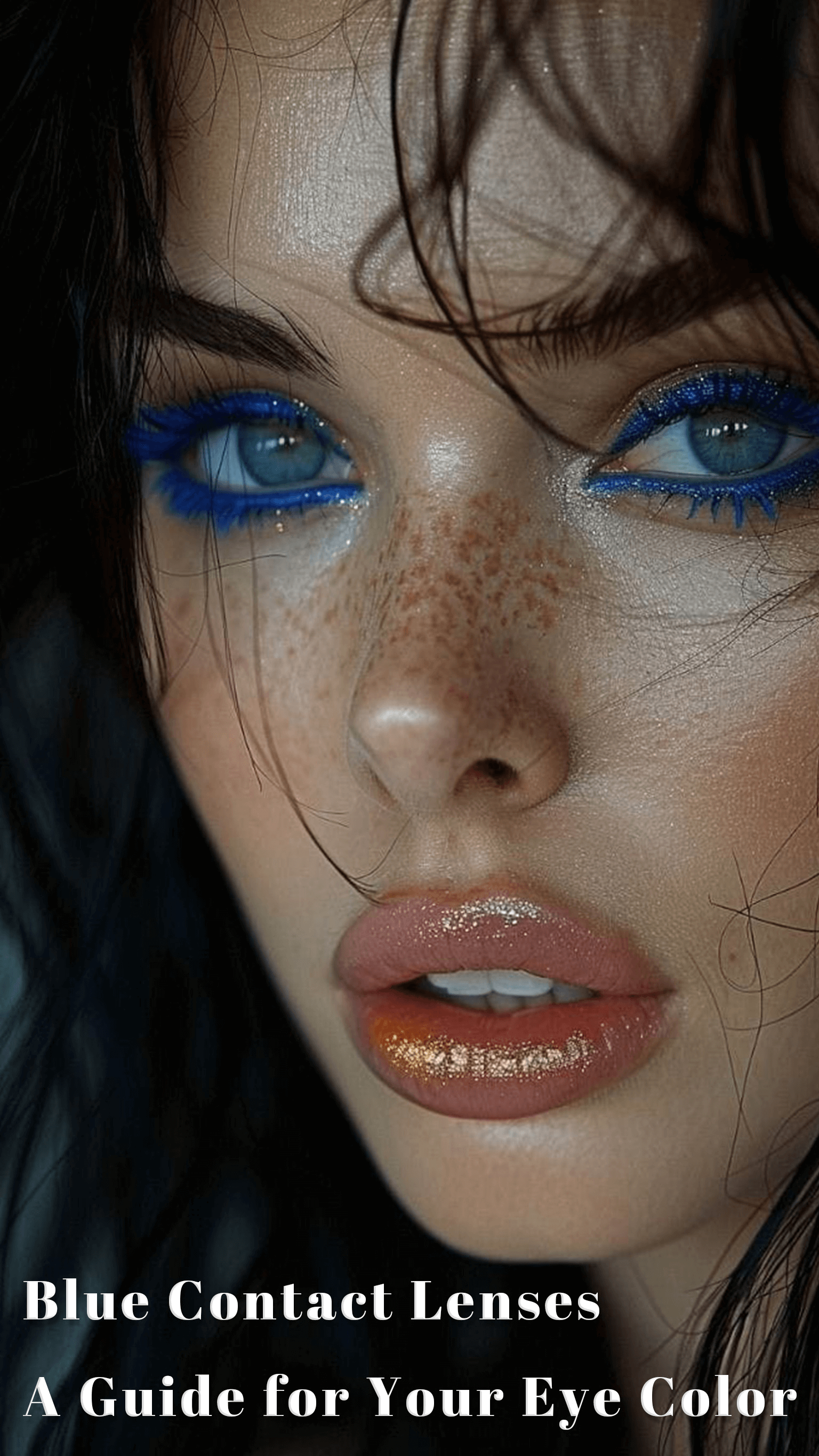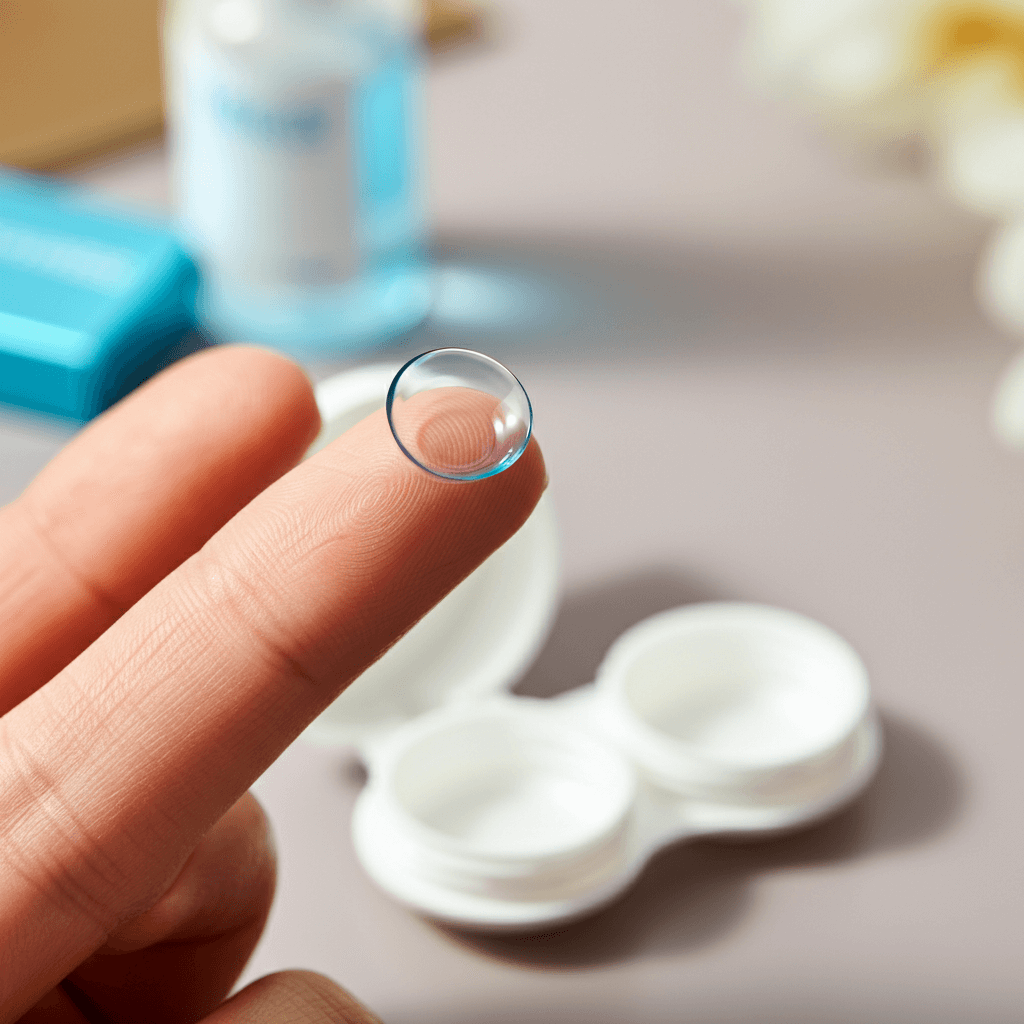
Amber green eyes are among the rarest eye colors in the world. They’re not purely green or purely amber, but a striking mix of both. Think of a green base kissed with golden or honey tones—shifting in the light from fresh, vivid green to a warm amber glow.
What makes them extraordinary is the combination of two already uncommon shades, creating a beauty that feels almost otherworldly.
In this article, we’ll explore the rarity of amber green eyes, the science behind their color, their cultural symbolism, and why they hold a special place in aesthetics and fashion.
Amber meets green: What makes this hue so unique
A Fusion of Warmth and Coolness
Amber-green eyes are a chromatic marvel, a striking fusion of both warmth and coolness. They are neither the cool, crisp green of a forest nor the deep, warm gold of pure amber. Instead, this rare and richly layered hue weaves the characteristics of both colors together, creating a shade unlike any other.
The Allure of a Striking Contrast
This color's magic lies in its harmonious blend of opposites. The cool, clear wisdom of green meets the warm, powerful luster of amber. This visual tension makes the eyes both inviting and mysterious, creating a look that is complex and endlessly intriguing.
A Chameleon-like Quality
One of the most captivating aspects of this eye color is its ability to shift in response to varying light conditions. In bright, natural sunlight, the green appears more vibrant and refreshing. In dim or artificial light, the eyes reveal their golden luster, shimmering with the warmth of a precious gemstone.
Rarity and Symbolism
Amber-green eyes are exceptionally rare, making them more than just a color—they are a symbol of unique identity. This distinctiveness often leads to the perception of a confident and independent personality, a blend of the thoughtful wisdom associated with green and the untamed strength linked to amber. This duality creates a truly captivating and memorable gaze.
A Masterpiece of Light and Color
The creation of this distinctive eye color is a delicate blend of biology, optics, and genetics. It's not simply a mix of two shades but a dynamic, living phenomenon.
1. A Unique Duality: More Than a Mixture
While ordinary brown eyes have a high concentration of eumelanin, and blue eyes rely on light scattering, amber-green eyes are a unique combination of both.
- The Green Canvas (Optics): The basic blue hue is a result of light scattering off collagen fibers in the stroma, the front layer of the iris. This creates a foundational canvas for the color.
- The Amber Highlights (Biochemistry): A unique yellow pigment called lipochrome is deposited on this blue canvas like golden dust.
When light enters the eye, the scattered blue light combines with the yellow lipochrome, creating the green you see. In areas with a denser deposit of lipochrome, the eyes appear with a rich, golden amber glow.
2. A Living Starry Sky
This hue isn't a single, flat color. Under a microscope, its structure resembles a dynamic, three-dimensional starry sky:
- Deep Base: The dark rear layer of the iris provides a deep, shadowy background.
- Shimmering Highlights: Yellow lipochrome particles are scattered like stars within the light-scattering matrix.
- Complex Texture: The iris's natural folds and crevices create a play of light and shadow, adding incredible depth to the color.
This intricate structure allows light to be reflected, absorbed, and scattered from various angles, creating a color that changes with the light and your emotions, giving it a dynamic, lifelike quality.
3. An Extreme Genetic Coincidence
The creation of this eye color requires a perfect genetic storm.
- Low Eumelanin: The genes must suppress the production of dark eumelanin, ensuring a light base tone.
- Precise Light Scattering: The iris matrix must have just the proper density to scatter light without overpowering the other pigments.
- Targeted Pigment: The most crucial step requires the body to receive the exact genetic signal to deposit the perfect amount of yellow lipochrome in the correct spots.
This demanding genetic alignment is incredibly rare, making every pair of amber-green eyes a true biological miracle. They are a testament to the fact that their uniqueness lies in their simultaneous mastery of both physical and chemical principles of color production, merging into a dynamic masterpiece of light.
The Global Rarity of Amber-Green Eyes
Amber-green eyes are exceptionally rare. They are not a single color, but a unique fusion of two traits that are already uncommon on their own: the rarity of green eyes and the distinctive glow of amber eyes.
- Green eyes are a rare eye color in their own right, found in only around 2% of the global population.
- Amber eyes are even rarer, occurring in fewer than 1% of cases.
Since amber-green eyes require a precise genetic mix of both traits, their prevalence is even lower. While exact statistics are unavailable, this eye color is considered a true rarity, making it significantly rarer than either green or amber eyes alone.
Where in the World Are They Found?
Unlike standard eye colors with concentrated distributions, amber-green eyes are more widely dispersed geographically. They are most likely to appear where the already rare genetic traits for both green and amber eyes converge.
While still extremely rare, you are slightly more likely to find this eye color in:
- Northern & Eastern Europe: Countries like Ireland, Iceland, Lithuania, and Finland have a higher prevalence of green eyes. Here, the green gene can occasionally combine with an amber variant, leading to a golden sheen.
- Southern Europe: In regions such as Spain, Italy, and Portugal, a higher percentage of the population has eyes that are amber or hazel in color. The occasional meeting of green and amber genes in these areas can result in eyes that are a combination of green and amber.
- The Middle East & West Asia: In places like Turkey, Iran, and Lebanon, both green and amber eye genes are present, creating a possibility for this rare hue to emerge.
- The Americas: Due to the historical migration and mixing of European and other populations, amber-green eyes can be found at a low rate across North and South America.
In short, while you won't find a region where amber-green eyes are common, they are most likely to be found in areas with a rich genetic mix from Europe, the Middle East, and West Asia.
The Effect of Sunlight: Do Your Eyes Really Change Color?
Do your amber green eyes seem to shift from one shade to another depending on the weather? It's not magic—it's a fascinating light show, and while your eyes don't actually change color, the effect is truly mesmerizing.
The Magic of Light and Pigment
Your eye color is a living masterpiece created by light and pigment. Your iris contains a unique combination of melanin (a dark pigment) and lipochrome (a yellow pigment) that works with the physics of light to produce that stunning shade.
- In Bright Light: In direct sunlight, the light bounces off the pigments in your iris in a particular way. This brings out the warmer, golden tones of your eyes, giving them a rich, almost metallic sheen.
- In Dim Light: With less light to work with, your eye's color appears darker and deeper, sometimes resembling a rich hazel or even a deep gray.
Effects of pupil constriction
Your pupils also react to sunlight, which affects how your eye color is perceived.
- In bright light, your pupil constricts (gets smaller) to limit the amount of light entering your eye. This makes the color of your iris look more concentrated and vibrant.
- In low light, your pupil dilates (gets larger), which can make your eye color appear darker as more of your iris is covered.
So, while sunlight won't permanently alter your eye color, it will definitely highlight its unique and dynamic beauty. Your eyes aren't just one color—they're a living, breathing work of art.
Master Your Makeup: A Guide for Amber Green Eyes
Creating the perfect makeup look to complement your amber green eyes is all about strategy. With a few simple techniques, you can enhance their unique color and make your gaze truly captivating.
Eyeshadows to Make Your Eyes Pop
Eyeshadow is the key to highlighting the various shades in your eyes. Choose colors based on which hue you want to highlight.
- To Bring Out the Gold: Opt for warm-toned shadows, such as bronze, copper, and champagne gold. These colors will beautifully complement the amber in your eyes, giving them a warm, sun-kissed glow.
- To Amplify the Green: Think purple and plum. According to color theory, these are the perfect complementary shades to green. Using a rich amethyst or a soft lilac will make the green in your eyes look more vibrant and alive.
Define and Frame
Eyeliner and mascara are essential for defining your eyes and adding drama.
- Eyeliner: Try using a dark brown or bronze liner instead of a harsh black. These softer shades will beautifully complement the warmth in your eyes. For a bolder look, experiment with a deep plum or emerald green liner to add a pop of color that makes your eyes stand out.
- Mascara: Finish with a coat of volumizing or lengthening mascara. Thick, dark lashes act like a frame, drawing all the focus directly to your stunning eye color.
Balancing Your Look
To ensure your eyes are the star of the show, keep the rest of your makeup simple and harmonious.
- Lips: Choose soft nudes, warm mauves, or light coral lipsticks. These colors add a polished finish without competing with your natural eye color.
- Cheeks: A sweep of peachy or bronze blush along your cheekbones will add a healthy, natural warmth that ties your whole look together.









